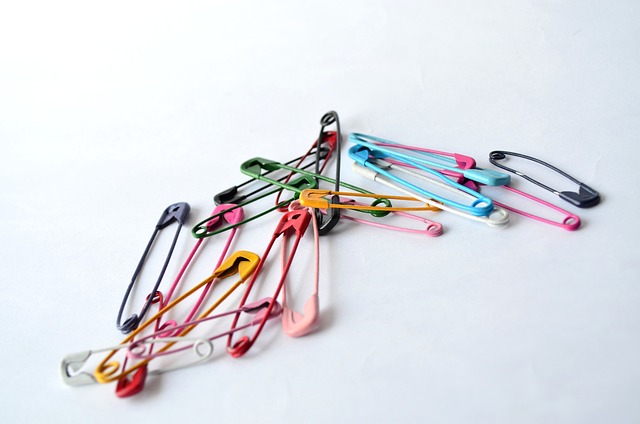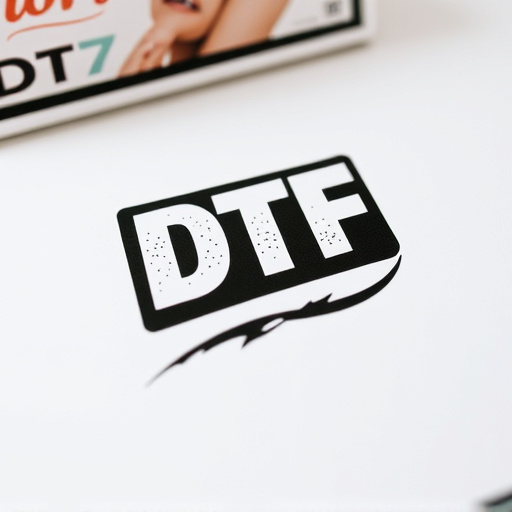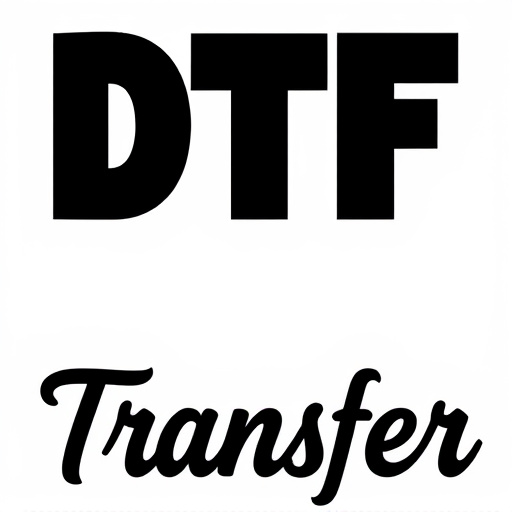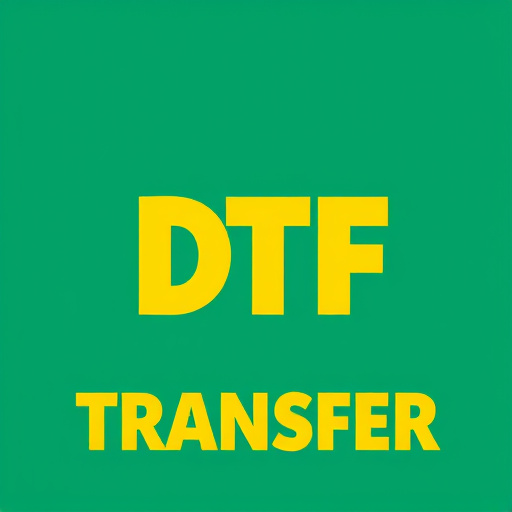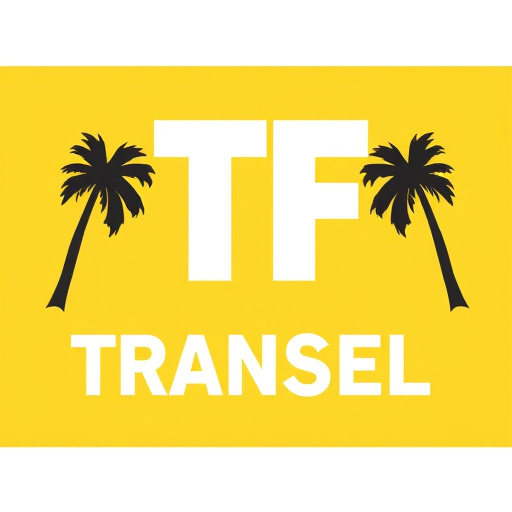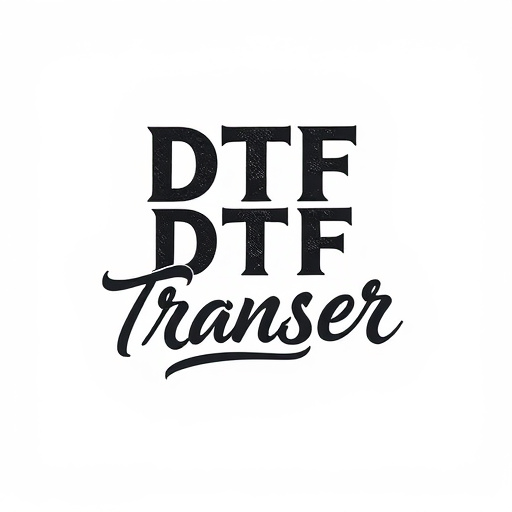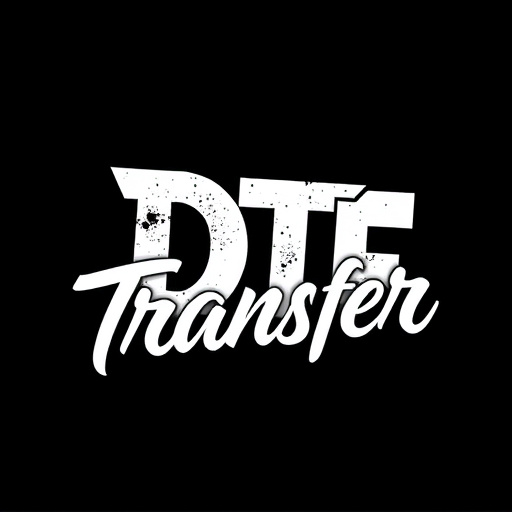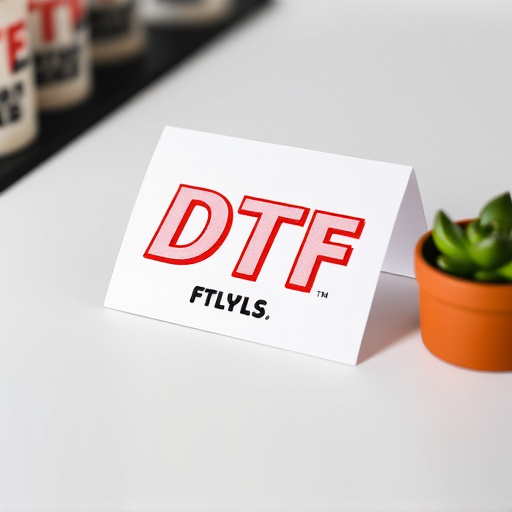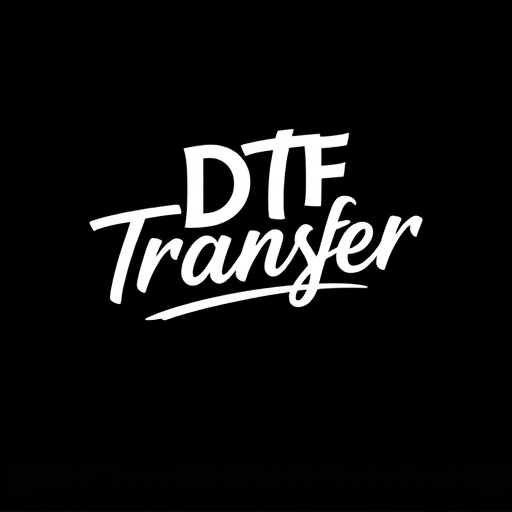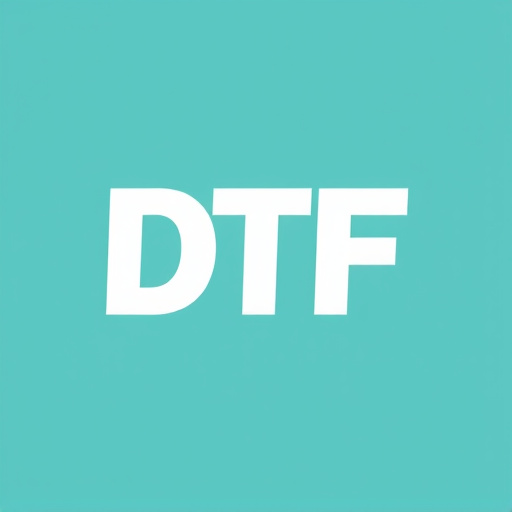Direct-to-Film (DTF) printing is a cutting-edge method revolutionizing film transfers by directly exposing images onto media, preserving intricate details and colors accurately. Expedited production services, powered by advanced tech and skilled technicians, offer faster turnaround times for high-quality prints, catering to tight deadlines. The DTF process involves meticulous digitisation, color adjustments, and high-resolution printing, ensuring crisp, vibrant results at unprecedented speeds. When choosing a service, look for expertise in various film types, formats, and resolutions, efficient workflows, and Quality Assurance (QA) checks to maintain color consistency. DTF is transforming sectors like packaging, fashion, and signage by providing swift, cost-effective production, meeting the demands of dynamic market trends and e-commerce's rise.
“Discover the revolution in print technology with expedited production services for Direct-to-Film (DTF) transfers. This cutting-edge process is transforming industries by offering rapid, high-quality printing solutions. In this comprehensive guide, we explore the benefits and intricacies of DTF Printing, from its concise overview to the selection of optimal service providers. Learn how accelerated production times are benefiting various sectors, ensuring swift and precise results.”
- Understanding Direct-to-Film (DTF) Printing: A Brief Overview
- Benefits of Expedited Production Services for DTF Transfers
- The Process: From Film to Print in Record Time
- Choosing the Right Service Provider for Your DTF Needs
- Quality Assurance and Technical Considerations
- Applications and Industries Adopting Accelerated DTF Printing
Understanding Direct-to-Film (DTF) Printing: A Brief Overview
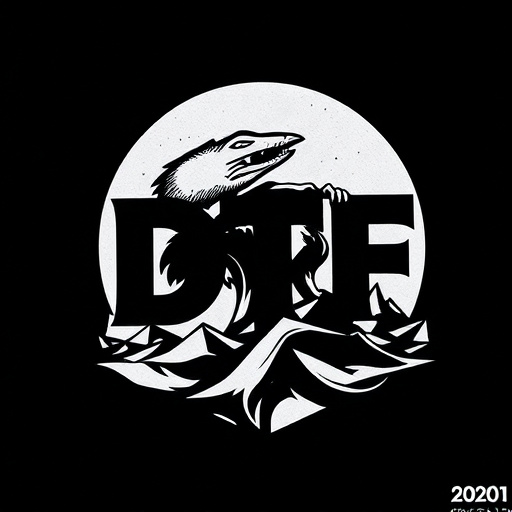
Direct-to-Film (DTF) printing is a cutting-edge technique that has transformed the way we approach film transfers, offering an efficient and high-quality method for reproducing photographic images directly onto various media. This innovative process eliminates traditional intermediate steps, such as scanning or digital manipulation, enabling direct exposure to film emulsion. DTF Printing leverages advanced technology to capture the intricate details and nuances of the original film, ensuring a faithful reproduction with exceptional clarity and color accuracy.
The beauty of DTF lies in its ability to preserve the unique characteristics of film, from grain structure to tonal range. This technique is particularly prized by filmmakers, photographers, and art enthusiasts who appreciate the aesthetic appeal and authenticity of traditional film photography. With DTF, users can create stunning prints, whether for personal enjoyment or professional display, without compromising on the original film’s integrity.
Benefits of Expedited Production Services for DTF Transfers
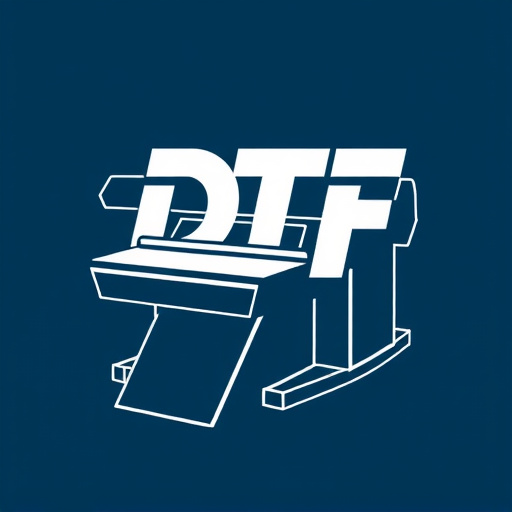
Expedited production services offer significant advantages for direct-to-film (DTF) transfers, streamlining the process and ensuring timely deliveries. One key benefit is the rapid turnaround time; these services are designed to complete jobs in a fraction of the standard production cycle. This speed is particularly valuable for businesses needing to meet tight deadlines, such as those preparing for film festivals or limited-edition releases.
Moreover, expedited DTF printing services often employ advanced technologies and skilled technicians, resulting in superior print quality. They can handle complex design requirements with precision, including high-resolution graphics, vibrant color palettes, and intricate details. This level of expertise not only accelerates production but also guarantees visually stunning outcomes, enhancing the overall value of the final product.
The Process: From Film to Print in Record Time
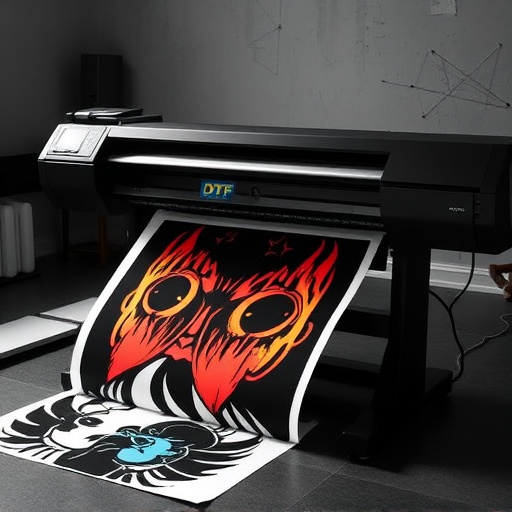
The process of converting film to print for direct-to-film (DTF) transfers has evolved significantly, allowing for expedited production services that cater to modern demands. It begins with the careful handling and digitisation of the original film, ensuring its integrity and quality are preserved. Advanced scanning technology captures each frame with remarkable precision, translating the analogue into a digital format ready for printing.
What follows is a streamlined workflow that optimises every step. Digital intermediates are manipulated using industry-standard software to adjust colours, contrast, and sharpness, meeting specific print requirements. Subsequently, high-resolution files are sent to state-of-the-art printers capable of delivering crisp, vibrant prints in record time. This efficient process revolutionises traditional film-to-print methods, making DTF Printing a reliable solution for projects demanding speed and precision.
Choosing the Right Service Provider for Your DTF Needs

When considering expedited production services for direct-to-film (DTF) transfers, it’s crucial to select a provider that aligns with your specific requirements. Not all DTF printing services are created equal; each has its own strengths and specializations. Look for a provider with a proven track record in delivering high-quality prints within tight deadlines. Their expertise should span various film types, formats, and resolution levels to cater to different project needs.
Additionally, consider their technology and equipment. Advanced DTF printers with top-notch precision and color accuracy can produce superior results. Reputable service providers also invest in efficient workflows and streamlined processes to ensure your orders are handled promptly without compromising quality. Read reviews, compare portfolios, and request samples to make an informed decision that meets both your project demands and timeline expectations.
Quality Assurance and Technical Considerations
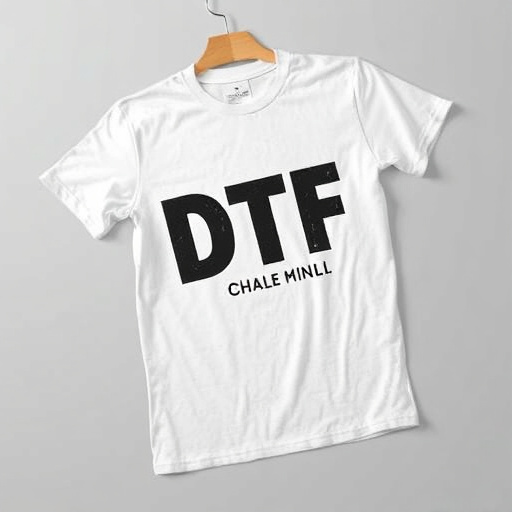
When it comes to direct-to-film (DTF) printing and expedited production services, Quality Assurance (QA) is paramount. It involves meticulous scrutiny of each stage of the production process to ensure the final product meets stringent standards. This includes color accuracy checks using specialized equipment to match screen and print colors precisely, ensuring the rich and vibrant visuals expected from DTF Printing.
Technical considerations are also vital. For instance, proper handling of file formats, resolutions, and color profiles is essential. Producers must provide high-quality source materials, adhering to recommended specifications to avoid pixelation or distortion during the printing process. Additionally, understanding the capabilities and limitations of the chosen printing technology is crucial for setting realistic expectations and achieving optimal results in the final DTF prints.
Applications and Industries Adopting Accelerated DTF Printing

Direct-to-film (DTF) printing, with its accelerated production services, is transforming various industries and applications. From small businesses to large enterprises, this technology offers a swift and cost-effective solution for high-quality printing needs. One of the primary sectors adopting accelerated DTF Printing is packaging. With the rise of e-commerce, brands are seeking innovative ways to create visually appealing and durable packaging materials. DTF Printing enables quick turnaround times, allowing companies to meet the growing demand for personalized and unique product packaging.
Additionally, the fashion industry has also embraced this technology. Accelerated printing processes make it possible to produce limited-edition clothing and accessories with intricate designs at a faster pace. This is particularly beneficial for small fashion designers and startups who can now compete with larger brands by offering custom, on-trend pieces without the usual production delays. Moreover, DTF Printing has found its place in signage and display industries, where quick production of banners, posters, and promotional materials is essential for keeping up with dynamic market trends.


